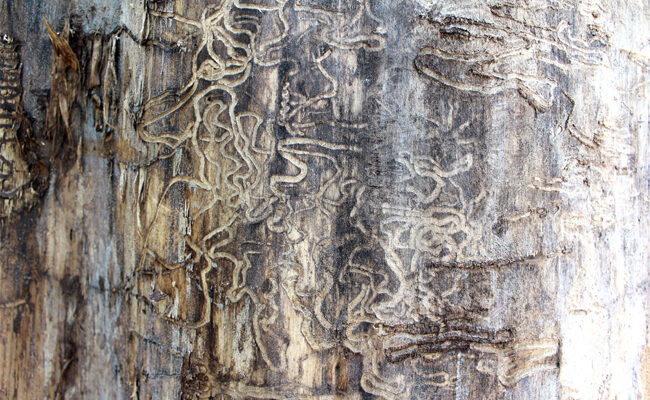
Wood damage is a major concern for homeowners because it leads to structural problems, smells, poor appearances, and safety issues. Many homeowners struggle to identify the root of these problems when they occur.
The primary causes of wood damage are termites and wood rot, but they appear alike under an untrained eye. Below, we teach you how to learn the difference between termite damage vs. wood rot.
What Causes Termite Damage?
Your home may attract termites for a variety of reasons. You’ll want to look out for the chief causes of termite damage in your home.
- Moisture
- Foundation problems
- Wood in contact with your home
- Rotting wood
Signs of Termites
If your home has anything that may cause termites to appear, you want to regularly check for signs of their presence. There are some obvious signs that indicate termites.
Insect Evidence
Winged termites are the only kind that reproduces. Any dead winged insects or wings lying around your home means termites are present.
Hollow Wood
Termites build tunnels within the wood that make it hollow. Check suspected areas by tapping the wood. Hollow wood has a high pitch, while solid wood has a deep sound.
Mud Tubes
Mud tubes consist of mud and termite debris. These tubes appear where soil meets wood to help termites get around where wood isn’t present.
Long Tunnels
Termites build a network inside the wood as they tunnel their way through. Look for these long tunnels along the grain.
Clicking Sounds
Termites create a clicking sound as they build their tunnels. If you hear clicking in times of silence, they may be present inside your home.
What Causes Wood Rot?
The primary cause of wood rot is fungi. There are several causes that lead to fungi development in your home.
- Exposure to elements
- Extra warmth
- Roof damage
- Excess moisture
- Sitting water
- Poor drainage
Signs of Wood Rot
If you think your home has a problem with wood rot, there are several signs to confirm wood rot as the root of the problem.
Wood Damage
Any discoloration, cracks, splintering, or shrinking of wood are cause for concern. These issues signal wood rot in your home.
Fungi
A cotton texture or silk-like growth on a surface is likely fungal activity. Spores may have yellow, purple, or white spots around the area.
Musty Smells
Fungi creates a strong earthy and musty smell. Experiencing these smells in your home is a telltale sign of wood rot.
Moisture
Excess moisture in any area of your home is a sign wood rot is possible. Humid rooms, appliances, sitting water, or leaking pipes are all things that cause wood rot if not dealt with.
Repair Wood Damage
If you discover rotting wood or termites in your home, it is vital to remove the damaged wood and clear away weakened areas. If you’re not comfortable doing these repairs by yourself, call a professional.
This business specializes in pest control to solve your termite problem. If you’re dealing with wood rot, call a carpenter to help repair the damages.
Know the Difference Between Termite Damage vs. Wood Rot
If you have wood damage in your home, it’s important to know if termites or wood rot are the cause. Termite damage vs. wood rot requires different repairs to solve the problem.
Protecting your home from damage is important to us. Follow our page for more home guides.
Leave a Reply